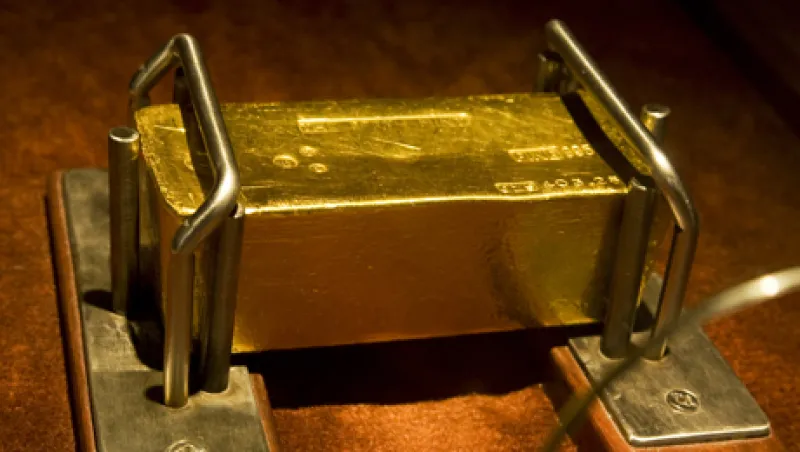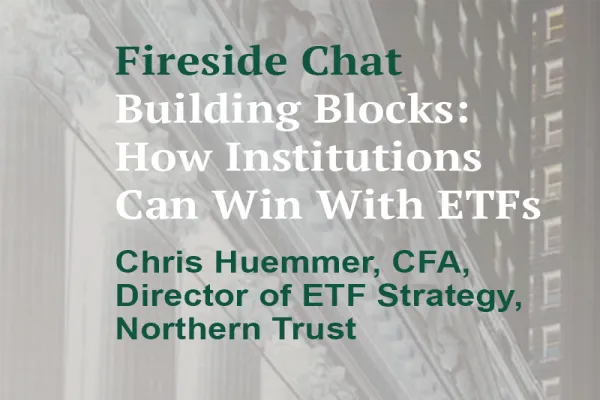For an investment asset that has the rare ability to excite professional investors, ordinary people and even the childish readers of adventure stories, gold has put in a shockingly dull performance in recent months.
After an initial new year’s bounce in January, the price of an ounce of the yellow metal has stuck rigidly between $1,600 and $1,800 since early February. The Comex gold front-month futures contract was at $1,638.5 in afternoon U.S. trading on Thursday — almost unchanged on the day. This is a far cry from last year, when gold rose abruptly to a record nominal high of $1,912, only to plummet by $350 within a few weeks on fears that the rapid appreciation had pushed up the value to unsustainable levels.
Edel Tully, precious metals strategist at UBS in London, even went so far as to lament this week that gold was in a “stupor”, remarking that “gold price action has become stale.”
What accounts for the metal’s recent refusal to rise or fall decisively?
Gold has conventionally been seen as a hedge against inflation or economic crises — and most of all, economic crises rooted in inflation. It was one of these — caused by the second oil crisis — that accounted for its abrupt rise in 1980 to a peak that has still, in real terms, never been equalled.
Beset by low inflation and a lack of economic catastrophes in the developed world during the 1990s and early 2000s — in relative terms, at least — the price of gold remained essentially flat in nominal terms. In real terms, it fell sharply.
A common explanation for the change in recent years from a stable price to a rapid rise has been the permanent air of crisis caused by the credit crunch. Moreover, although inflation has not run out of control in developed economies, quantitative easing (QE) by the Federal Reserve has kept alive the fear that it could.
Up to a point this explanation tallies with gold’s price behavior. Its value soared in July and August 2011, as the euro zone debt crisis began. The price fell sharply in early April, at the same time as the prospect diminished of a third round of quantitative easing in the U.S. However, hopes have not completely died that the Fed will resort to QE, and fears of another euro zone crisis have not been laid to rest. Faced with such an even balance of risks and possibilities, the gold market may simply be treading water while it makes up its mind which way to head.
However, neither expectations of inflation nor changes in the relative sense of crisis provide a completely convincing rationale for gold’s recent performance.
A better explanation may be that the fundamentals of the gold market are shifting, to the point where they are based as much on India and China as on concerns of catastrophe and of unbridled consumer price increases.
The gold price started to rise rapidly a few years before the credit crunch — beginning the ascent in the mid-2000s, as Indian gross domestic product (GDP) growth reached a peak of 10 percent according to some estimates, and China recorded double-digit percentage increases for several successive years.
Income growth in these two new industrial behemoths has greatly supported gold demand.
India is the world’s biggest gold buyer, prompting analysts into minute dissections of trends in consumption during the peak buying period — the Indian wedding season, which runs from October to February.
However, the World Gold Council, the industry trade body, predicts that China will this year overtake India as the biggest consumer of the metal. Gold’s luster has been boosted by a lack of domestic alternatives: There are restrictions on property investment, and real interest rates are negative.
Trends in India, China and other emerging markets may provide an explanation not just for longer-term trends in gold, but for recent performance too. The Indian economy was hit hard by the late 2011 euro zone crisis, which damaged GDP growth. This depressed the rupee — curtailing Indian consumers’ ability to buy gold. With prospects so poor for the world’s largest gold buyer, it is hard for the metal to return to September’s record nominal high.
On the other hand, traders have noticed the existence of an increasingly firm floor as the price of gold falls nearer to $1,600. Many credit this to the appetite among emerging nations’ central banks, anxious to expand their gold reserves, for buying large quantities on dips. They purchased heavily in response to the price fall that ran from the end of February to early March, for example. Analysts say that the Chinese central bank, in particular, is likely to provide support to the gold market. Only 1.8 percent of its reserves are in the metal, according to the World Gold Council — but analysts say it is keen to increase this portion, largely to reduce dependence on its huge dollar reserves. Gold is still the only real global currency aside from the greenback — leaving China with little choice if it wants to diversify.
Some analysts see gold as a good investment play on India. Given the important role played in the gold market by the growing Chinese economy, it is not, perhaps, surprising that some hedge fund managers have started to argue that an investment in gold could also be a good play on China — particularly since many are wary of entering the unusually mercurial Chinese stock market. New cultural habits are reinforcing this argument: Many people are these days giving gold as a Chinese New Year present, rather than the traditional cash in an envelope.
Thousands of years after gold was first used as a store of value, it is still finding new niches.






